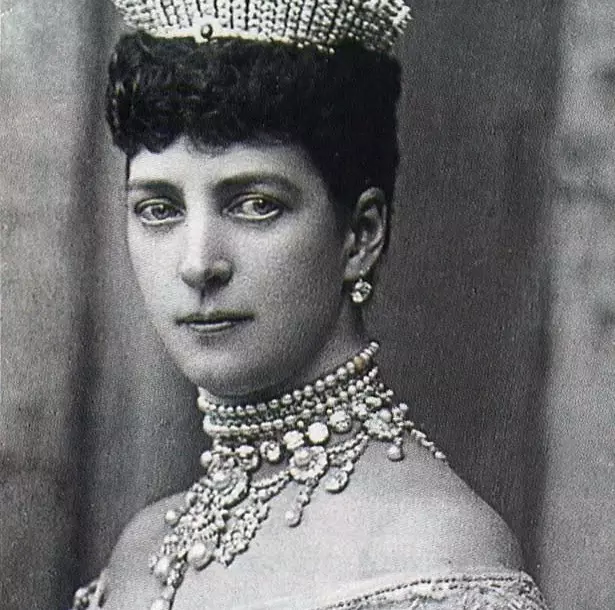In January 1901 the Victorian era came to an end with the death of Queen Victoria, and she was succeeded by her son, Edward VII. This is the beginning of the Edwardian era, which we will cover in today’s article.
The Edwardian era and jewellery
A well-known playboy of the time, Edward, after his coronation, was constantly surrounded by plutocrats and spent much of his time with his wife, Alexandra, at social events. The upper class of society consisted of extremely wealthy people, something they made sure to express through their jewellery. This was the basis of the Belle Époque.
The aristocratic guirlande style, was the fashion of the time for jewellery, which had a delicate construction often made of platinum, embellished with many diamonds and pearls. In general, the all-white-look was the expression of elegance and the fashion of the Edwardian period. Women wore many diamond necklaces around their necks, which they accompanied with pearl pendants and earrings and diamond bracelets.
The Court of Versailles and the streets of Paris with their impressive architecture were the source of inspiration for designers and jewellers. Garlands, ribbons, bows and laurel wreaths were exquisitely rendered in platinum and diamonds, since the invention of the flame torch that could reach the high temperature needed by platinum allowed jewellers to create sophisticated jewellery that often resembled lace.
The struggle for women’s suffrage continued and in 1903 the Suffragettes movement was formed in England. In order to be able to communicate with each other and declare their support for the women’s rights movement without being persecuted, women used their jewellery in inventive ways. Through specific gemstones (because of their colour) they conveyed the message they wanted to convey. So apart from diamonds, we see a lot of jewellery of the period with a combination of green, purple and white through the use of pearls, amethysts and peridot.


